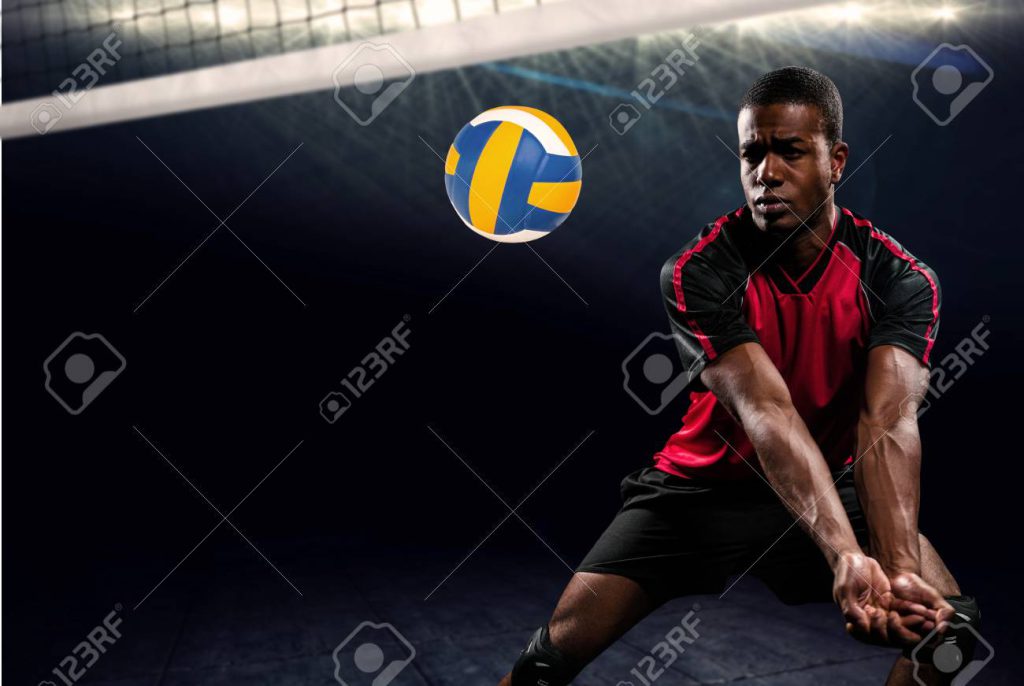Volleyball has captured the hearts of many around the world. Whether you’re playing in a beach tournament or a school gym, improving your skills can make all the difference. Training at home offers convenience and can be gentler on your wallet. This article showcases simple yet effective volleyball drills you can do at home, focusing on vital skills.
Mastering the Perfect Pass
The Platform Pass
The platform pass is crucial for good ball control. Stand with feet shoulder-width apart and raise your arms to create a flat platform with your forearms. Your thumbs should point together. Ensure your body is aligned with the ball. Watch the ball closely and make contact with a firm yet controlled action.
- Stat: Passing accuracy significantly influences game performance, with teams completing over 80% of accurate passes scoring more points.
Footwork Drills
Good footwork is essential for effective passing. Here are some drills to boost your agility:
- Quick Steps: Stand in place and shuffle your feet side to side, keeping your knees bent.
- Forward-Backward Sprints: Sprint forward and back in a controlled manner, emphasizing speed and balance.
Practice Drills
You can easily practice passing at home. Use a ball and a wall: throw the ball against the wall and catch it after it bounces. Focus on using the platform pass technique.
Honing Your Setting Skills
Proper Setting Technique
To set accurately, keep your hands in a triangle shape above your forehead. Your fingers should be spread, and your elbows bent. As you push upward, use your legs to create power.
Wall Setting
Find a wall and practice setting the ball against it. Stand a few feet back and aim to hit the wall at various heights, focusing on technique.
- Tip: Keep your eyes on the ball and ensure your hands are ready.
Partner Drills
If you have a space, grab a friend for some fun drills. Stand facing each other and practice quick sets. Focus on clear communication and timing.
Improving Your Serving Technique
Types of Serves
Understanding different serves can elevate your game. Here are a few common types:
- Underhand Serve: Easy for beginners, offers control.
- Overhand Serve: Powerful but requires practice for accuracy.
Consistent Toss
A good serve starts with a consistent toss. Here’s how to practice:
- Toss and Catch: Stand with the ball in one hand and toss it in the air. Try to catch it after a few bounces—this helps build muscle memory.
Serve Accuracy
Target practice makes a significant difference. Set up cups or cones to serve towards. Focus on hitting your target consistently. Professional players often emphasize accuracy over sheer power for effective serves.
Developing Your Spiking Power
Arm Swing Mechanics
The arm swing is vital for a powerful spike. Start low and swing your arm up as you jump. Pull back your elbow as you prepare to hit the ball, and snap your wrist for added force.
Power Drills (Using Resistance)
Incorporate resistance bands into your training. Attach one end to a sturdy object and hold the other end in your hitting hand. Perform swings against the band to build strength.
Jump Training
Plyometric exercises help with jumping power. Here are a couple:
- Jump Squats: Stand with feet shoulder-width apart, squat down, then jump as high as possible.
- Box Jumps: If you have a sturdy box or step, practice jumping onto it to build explosive strength.
Enhancing Your Defensive Skills
Ready Position and Footwork
Start in a low, athletic stance with knees slightly bent. Keep your feet hip-width apart, and practice shuffling side to side to improve your defensive readiness.
Reaction Drills
Improve your reaction time with these drills:
- Partner Toss: Have a partner throw the ball at different angles, and practice moving to react quickly.
- Shadowing: Mimic your partner’s movements without a ball while staying in your ready position.
- Fact: Studies show faster reaction times lead to better defensive plays.
Diving Techniques (Safety First)

Learn the basics of diving for balls to keep play alive. Practice on a soft surface like grass or a carpet to prevent injury.
- Proper Form: Tuck your chin, extend your arms forward, and land on your side.
- Safety Precautions: Always ensure the area is clear to avoid injury.
Practicing these drills at home can significantly improve your volleyball skills. From passing to spiking, each drill has its unique benefits. Consistency is key—regular practice allows gradual improvement in your game.
Start today! Incorporate these drills, share your progress with friends, and watch your skills soar in every game you play.











